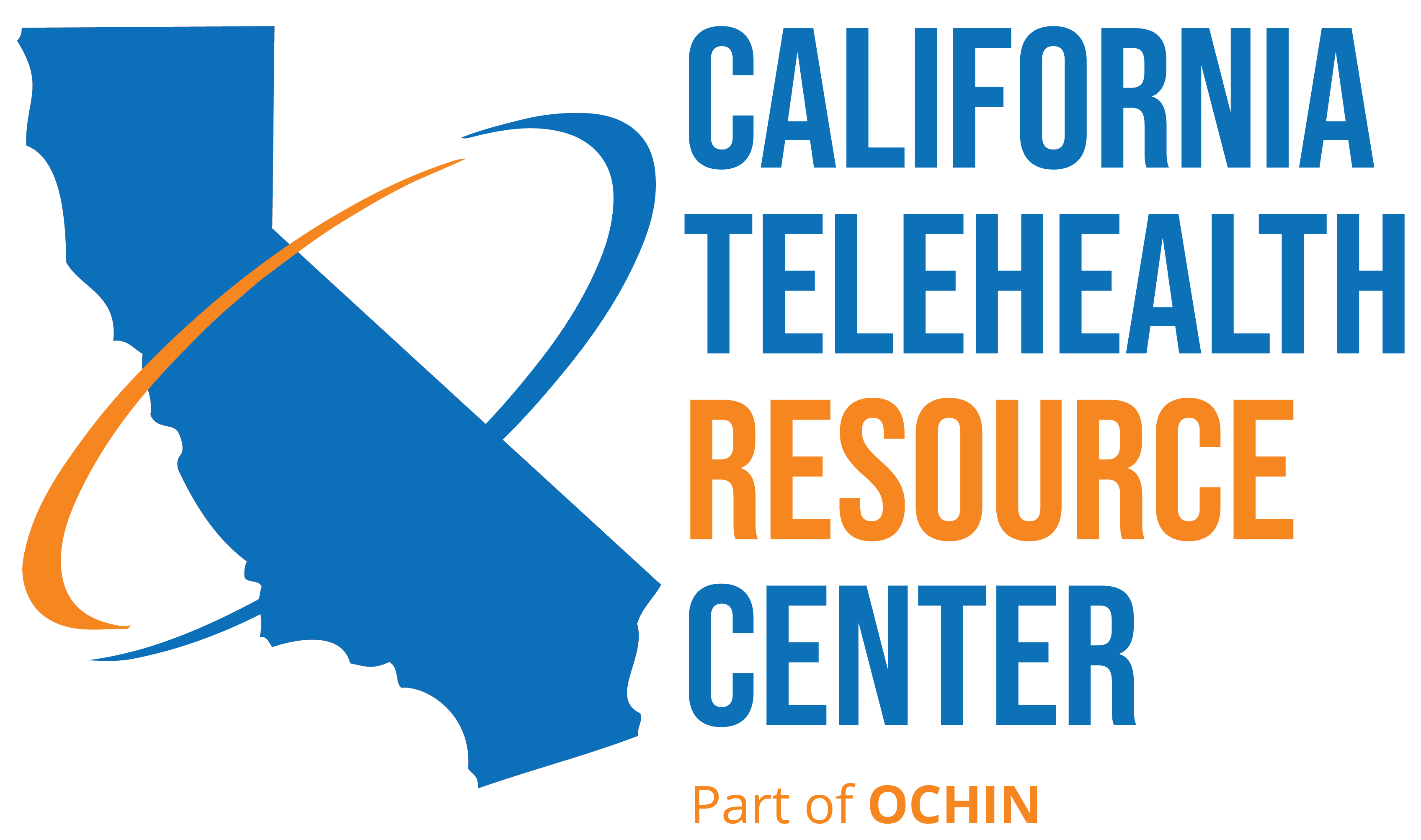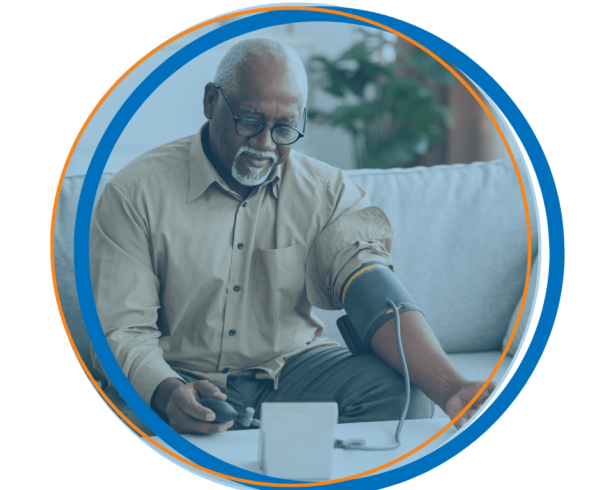In commemorating Native American Heritage Month, we should take concrete steps to address longstanding structural inequality that limits access to culturally competent healthcare for Indigenous communities in California. This blog, brought to you by the California Telehealth Resource Center (CTRC), offers insights into the evidence-base concerning virtual health care for Native Americans. By exploring the latest demographics and potentially transformative impact of virtual care, we aim to provide tools to expand access and coverage.
Recent Demographics of Native Americans in California
California, known for its diverse population, holds a unique distinction. With 806,874 Native Americans, California is the state with the largest absolute number of Native Americans in the U.S. This demographic richness is further underscored by the presence of numerous federally recognized tribes.
Benefits of Virtual Care for Indigenous Communities
The adoption of virtual care in Indigenous communities is not just a matter of convenience; it’s a necessity borne out of both historical inequities and contemporary challenges. For communities, particularly in remote or rural areas, facing structural barriers to care, virtual modalities can break down geographical mismatch between providers and patients as well as excessive travel time, bringing essential health care services within reach. Moreover, it addresses a crucial need for culturally competent care. By facilitating access to Indigenous healthcare providers and specialists as well as those who understand and respect tribal medicine, customs and traditions, virtual care fosters a health care environment that is effective and drives improved health outcomes.
Virtual care also plays a significant role in overcoming systemic barriers. Indigenous populations have faced barriers to access due to additional factors, including discriminatory practices, a lack of Indigenous-centered services, and jurisdictional issues. Virtual health care offers another pathway to address these challenges, providing a platform for more equitable care delivery. It enables Indigenous communities to receive care that is not only accessible but also culturally congruent and sensitive to specific needs.
How Virtual Care Enables Indigenous Communities: A Literature Review
Research underscores the critical need and potential of digital healthcare solutions to effectively address challenges faced across the country in nearly every community, including within Indigenous communities. In this section, we will examine the current literature, revealing the multifaceted nature of virtual care and its potential to drive improved health outcomes and experiences of care.
Smoking Cessation & Cultural Competency:
The study, “American Indian Perspectives on culturally aligning a digital smoking cessation resource,” underscores the necessity of cultural competency in digital health tools. By integrating cultural elements specific to Indigenous communities, such as addressing generational trauma or incorporating traditional tobacco use, we can significantly enhance the effectiveness of health interventions. As the study notes, “[f]eatures that help users connect with and learn about AI [American Indian] cultures and promote healing…were recommended.”
Suicide Prevention & Mental Health:
The role of telehealth became increasingly critical during the COVID-19 pandemic, particularly in the area of mental health care and suicide prevention. Indigenous communities face disproportionately higher rates of mental health disorders, including suicide, violence, substance use, and psychological distress. According to Indian Health Services (IHS), American Indian and Alaska Native communities have the highest rates of suicide among any minority group in the U.S., with rates that have been on the rise since 2003.
In this context, the study “Telehealth During COVID-19: Suicide Prevention and American Indian Communities in Montana,” becomes particularly relevant. It demonstrates how telehealth has been an essential tool in mitigating suicide risks during the pandemic, with almost 98% of Montana-based professionals who directly provide suicide prevention services to American Indians at risk for suicide agreeing on the need for telehealth and 93% willing to use it for suicide prevention services.
Rurality & Access to Care:
Native Americans have the lowest metropolitan percentage of any minority population, with 40% of the population residing in rural areas. Rural communities often face challenges in accessing healthcare due to geographic and economic barriers. The literature review, “Telemedicine Use in Rural Native American Communities in the Era of the ACA,” explores how telemedicine can bridge these gaps by providing cost-effective, quality health care. According to the review, “[t]he theme of access was referenced most frequently in the reviewed literature…The use of telemedicine mitigates the costs of healthcare, which impede access to high-quality care delivery and, in some cases, deters prospective patients from accessing healthcare at all. Telemedicine offers rural Native American communities a means of accessing healthcare without incurring high costs.”
Rural Veterans & PTSD Treatment:
Rural and highly rural Veterans, totaling about 4.7 million, often face significant barriers in accessing VA healthcare due to geographical isolation. For example, the closest VA medical facility for some Veterans in Alaska is over 1,000 miles away – this lack of access can result in poorer long-term health outcomes. Notably, more than half of these rural Veterans are over 65 years old and are more likely to have complex medical conditions, including diabetes, high blood pressure, and heart conditions. Additionally, suicide rates are higher among rural Veterans compared to their urban counterparts, with those in highly rural areas being 65% more likely to die from suicide.
Rural Native Veterans (RNVs), therefore, are faced with a multitude of barriers. In the study, “Culturally Centered Implementation of Video Telehealth for Rural Native Veterans,” the importance of a culturally competent approach to telehealth is emphasized. “Telemedicine, including video telehealth (VTH), can improve access to [mental health] MH care for [rural Native American Veterans] RNVs by addressing barriers. Understanding the cultural context and existing community resources can improve engagement and implementation efforts with RNVs…The integration of implementation science within a cultural safety framework helps address specific barriers to adoption of virtual treatments for RNVs.”
Substance Use Disorder & Barriers to Care:
Substance use disorder (SUD) and overdose deaths disproportionately affect American Indian and Alaska Native (AIAN) populations. The treatment and management of SUD The community faces numerous barriers to accessing treatment and management of SUD. In the study, “American Indian and Alaska Native substance use treatment: Barriers and facilitators according to an implementation framework,” lack of telehealth technology is cited among other key barriers:
“Key themes related to barriers…were limited bed capacity, poor coordination of intake and care, and lack of telehealth technology…Individual-level barriers were negative attitudes such as SUD stigma, distrust of governmental programs, and lack of transportation while individual engagement was facilitated by programs addressing negative attitudes and providing telemedicine for remote care.”
These barriers are particularly concerning given the remote locations of many Indigenous communities and the potential of telehealth to provide accessible care. The study concludes that there are “opportunities to improve care at multiple CFIR [Consolidated Framework for Implementation Research] levels, focusing on capacity, coordination, culturally congruent care, and community initiatives to promote engagement.”
RPM & Chronic Disease Management:
Chronic diseases, such as heart disease, diabetes, and obesity, disproportionately affect AIAN populations. In particular, heart disease is about 50% higher among AIANs than White individuals. Given this context, remote patient monitoring (RPM) emerges as a vital tool for comprehensive chronic disease management in Indigenous communities. RPM allows for continuous monitoring of patients’ health data, enabling health care providers to make timely interventions and adjustments in treatment plans. This approach is particularly beneficial for managing chronic diseases, where consistent monitoring and proactive management can significantly improve health outcomes.
The study, “Program evaluation of remote heart failure monitoring: healthcare utilization analysis in a rural regional medical center,” provides compelling evidence of RPM’s effectiveness. In the study, heart failure patients enrolled in an RPM program showed substantial reductions in healthcare utilization. This result is crucial for Indigenous communities, where gaining access to care can be difficult, especially with a chronic illness.
Broadband & the Digital Divide:
Broadband access remains a significant challenge for Indigenous communities. FCC data shows that 73.3% of rural non-AIAN areas are covered by at least one terrestrial fixed-broadband provider, while only 46.6 of rural AIAN communities have fixed broadband coverage. Broadband access is critical for various sectors, especially digital health, making it particularly difficult for Indigenous communities to access virtual care. In the study, “The Relationship Between Broadband Speeds, Device Type, Demographic Characteristics, and Care-Seeking Via Telehealth,” researchers found that those who live in areas with higher rates of broadband adoption significantly affects the likelihood of accessing virtual care; highlighting the necessity for inclusive and adaptable telehealth platforms which can accommodate varying access patterns in Indigenous communities.
In conclusion, these studies collectively highlight the essential role of virtual care in addressing health disparities in Indigenous communities. They underscore the need for culturally aligned digital resources, accessible virtual care solutions for critical services such as mental health and suicide prevention, and policy support to enhance digital health infrastructure and access. This comprehensive approach is essential for advancing health equity for AIAN communities, especially in the face of public health emergencies like the opioid use disorder and mental health crises.
Overall, the integration of technology in healthcare, tailored to meet the unique needs and cultural context of these communities, represents a significant step forward in addressing long-standing health disparities and improving overall health outcomes.
Virtual Care Resources & More
To learn more about culturally competent care and access resources for Indigenous communities, check out organizations such as the National Council of Urban Indian Health (NCUIH). It’s a national 501(c)(3) organization devoted to the support and development of quality, accessible, and culturally competent health services for American Indians and Alaska Natives living in urban settings. Watch the video below for insight from the NCUIH into the benefits and challenges of telehealth technology.
Peer-to-Peer Solutions Center – Chaha’oh/Gathering of People: The Future of Telehealth

Indian Health Service Telehealth Programs
The Indian Health Service (IHS) recognizes telehealth as a crucial tool in enhancing healthcare accessibility for Indigenous communities. By partnering with tribal leaders, IHS has been successful in deploying telehealth services tailored to the specific needs of patients and communities. The availability of these services varies by location but often includes a range of specialty areas such as behavioral health, dermatology, endocrinology, wound management, and rheumatology. IHS’s commitment to telehealth is further evidenced by its establishment of two national telehealth programs, along with several regional ones. The IHS-Joslin Vision Network Teleophthalmology Program focuses on preventing diabetes-related blindness. Another key initiative is the IHS Telebehavioral Health Center of Excellence (TBHCE) Telebehavioral Health Program. This program is dedicated to delivering high-quality, culturally competent telebehavioral health services.
CultureCard – A Guide to Build Cultural Awareness
Starting a Telehealth Program for American Indian and Alaska Native communities
The Department of Health and Human Services curated a collection of best practice guidelines for starting a telehealth practice that caters to Indigenous populations. Resources include how to prepare patients, how to bill for telehealth, telehealth for chronic conditions, and more.
IHS On-Demand Trainings
Improving Cultural Competency when Serving American Indian/Alaska Natives

Introduction to Ethics and Fundamental Ethical Principles for Behavioral Health Providers

Cultural and Spiritual Dimensions of Ethical Practice for Behavioral Health Providers

Overview of Trauma Informed Care and Historical Trauma Informed Care

IHS Informational Webinars
- Upcoming Webinars
- TBHCE Webinar Series: Maternal Mental Health: Screening Practices and Resources for the Field
- Trauma & Stress Disorders Webinar Series: PTSD & Telehealth Considerations
- Behavioral Health Integration Webinar Series Telehealth for Integrated Care
- IHS Covid-19 Response Webinar Series: Engaging Children and Teens in Telebehavioral Health Sessions: The Basics
- Indian Health Service: Telehealth – Understanding our use of Telehealth in the IHS Electronic Health Record (EHR)
- Guidance for IHS Behavioral Health Programs wanting to Transition to Tele-Based Services
- Considerations for Tribal and Urban Programs Wanting to Transition to Telebehavioral Health
Insurance Coverage – A Means of Accessing Care
It is helpful to ensure that conversations related to access to digital modalities begins with providing information on health insurance and health program options. Beyond considering whether a patient is eligible for Medicare, Medi-Cal, and other health programs, provide information to American Indians and Alaska Natives on specific health coverage benefits and protections. Members of federally recognized tribes and Alaska Native Claims Settlement Act (ANCSA) shareholders, as well as those eligible for services from the Indian Health Service (IHS), tribal programs, or urban Indian health programs, are eligible for these benefits.
Understanding IHS
IHS, an agency within the Department of Health and Human Services, is dedicated to raising the health status of American Indians and Alaska Natives to the highest level. It provides federal health services to members of federally recognized tribes, focusing on comprehensive, culturally appropriate health services, promoting excellence in health care, and strengthening program management and operations. While it is not a form of health insurance, it functions similarly to other federally operated health care systems such as the military health system or the Veterans Health Administration.
Additional Resources
- https://www.cms.gov/outreach-and-education/american-indian-alaska-native/aian/downloads/cms_native_communities_can_heal_909321-n_web.pdf
- https://www.cms.gov/files/document/ttag-strategic-plan-2020-2025.pdf
- https://www.cms.gov/training-education/look-up-topics/american-indian-alaska-native-center
- https://www.medicaid.gov/medicaid/indian-health-medicaid/tribal-affairs-guidance-resources/index.html
- https://www.anthc.org/
- https://www.nihb.org/tribalhealthreform/medicaid-unwinding/







Leave a Comment